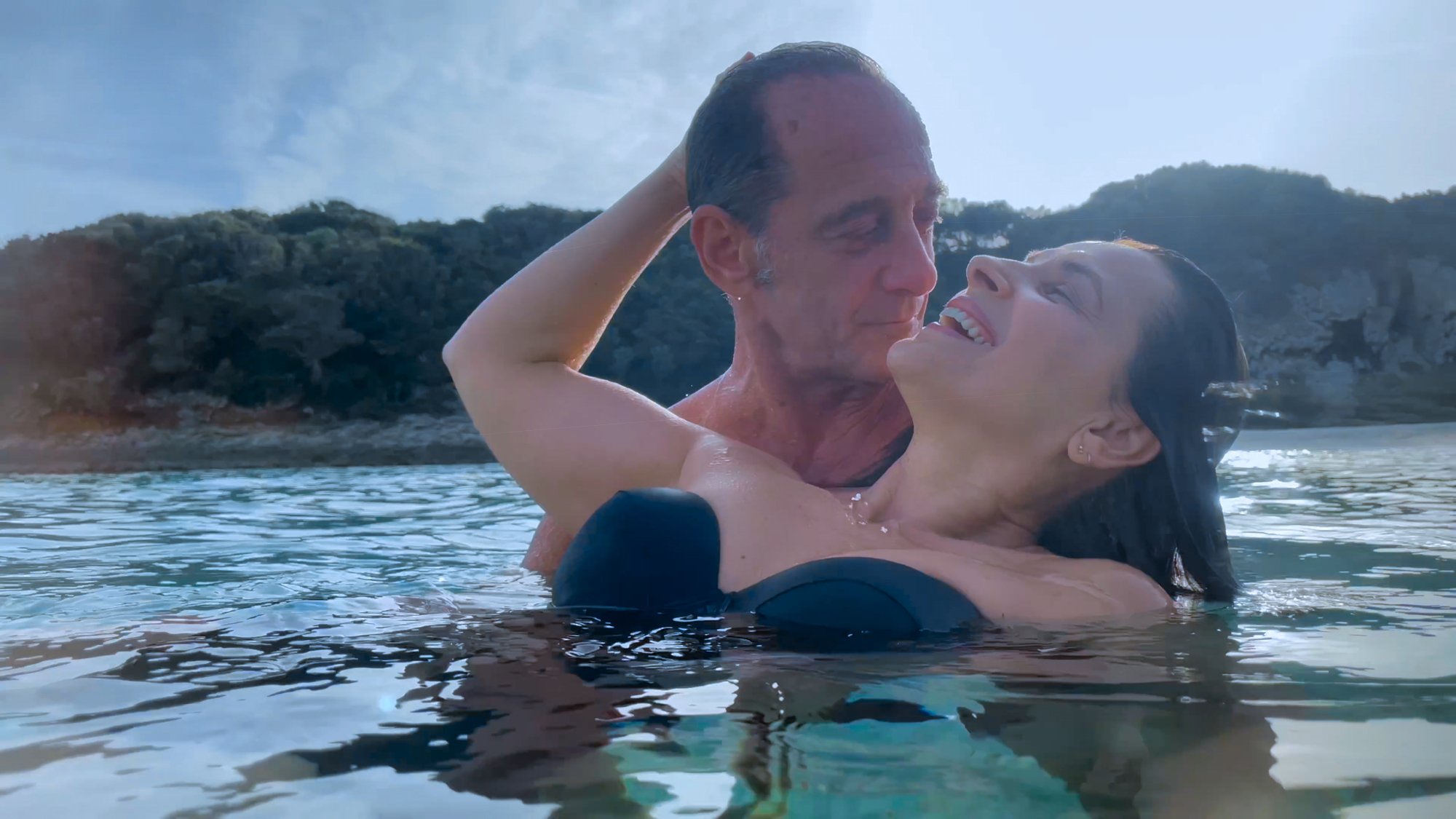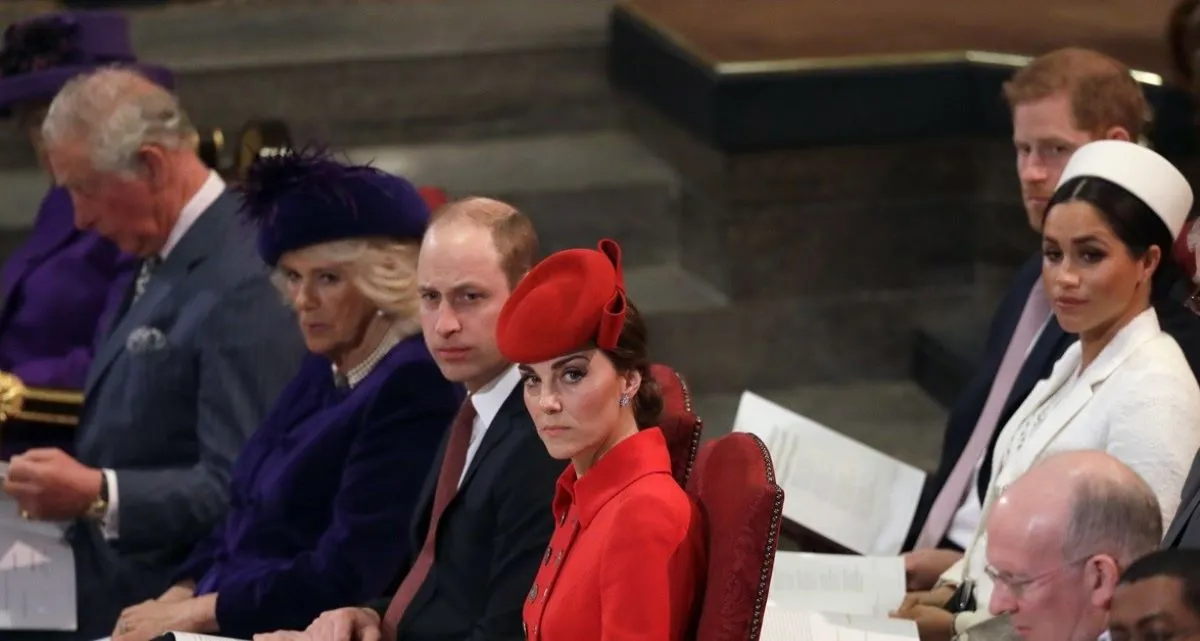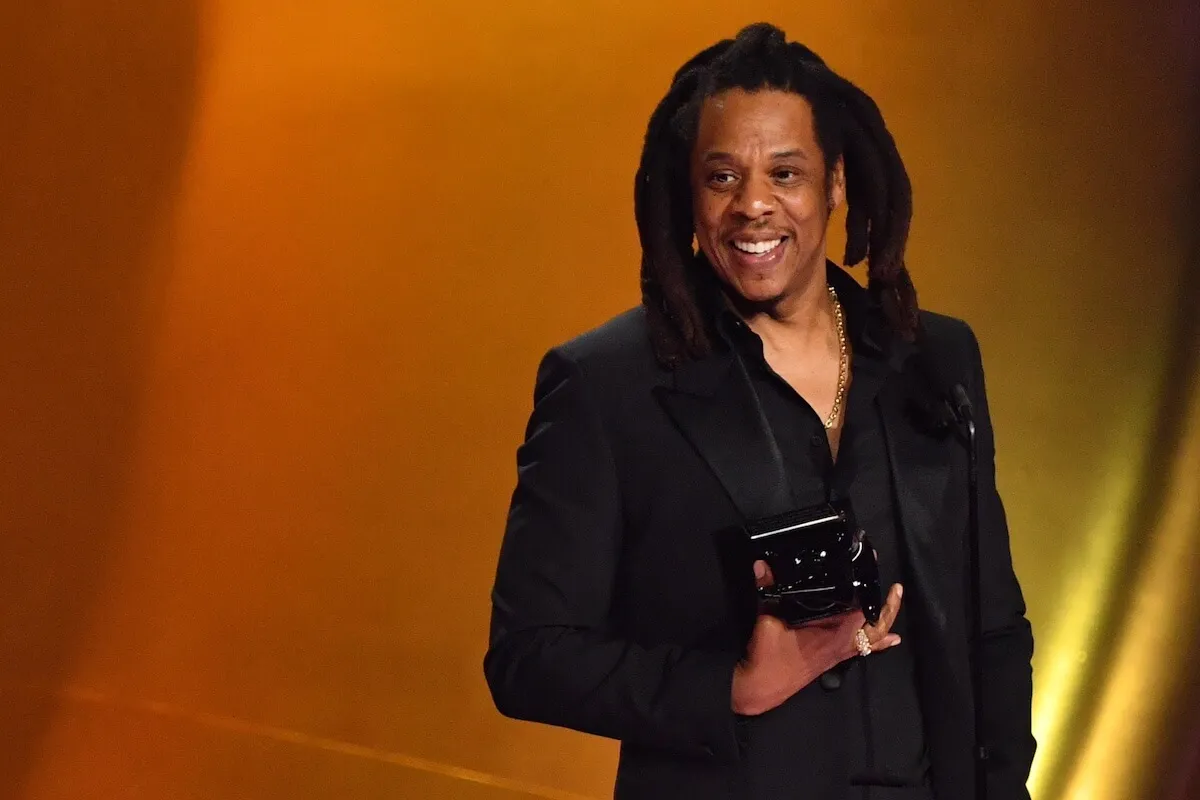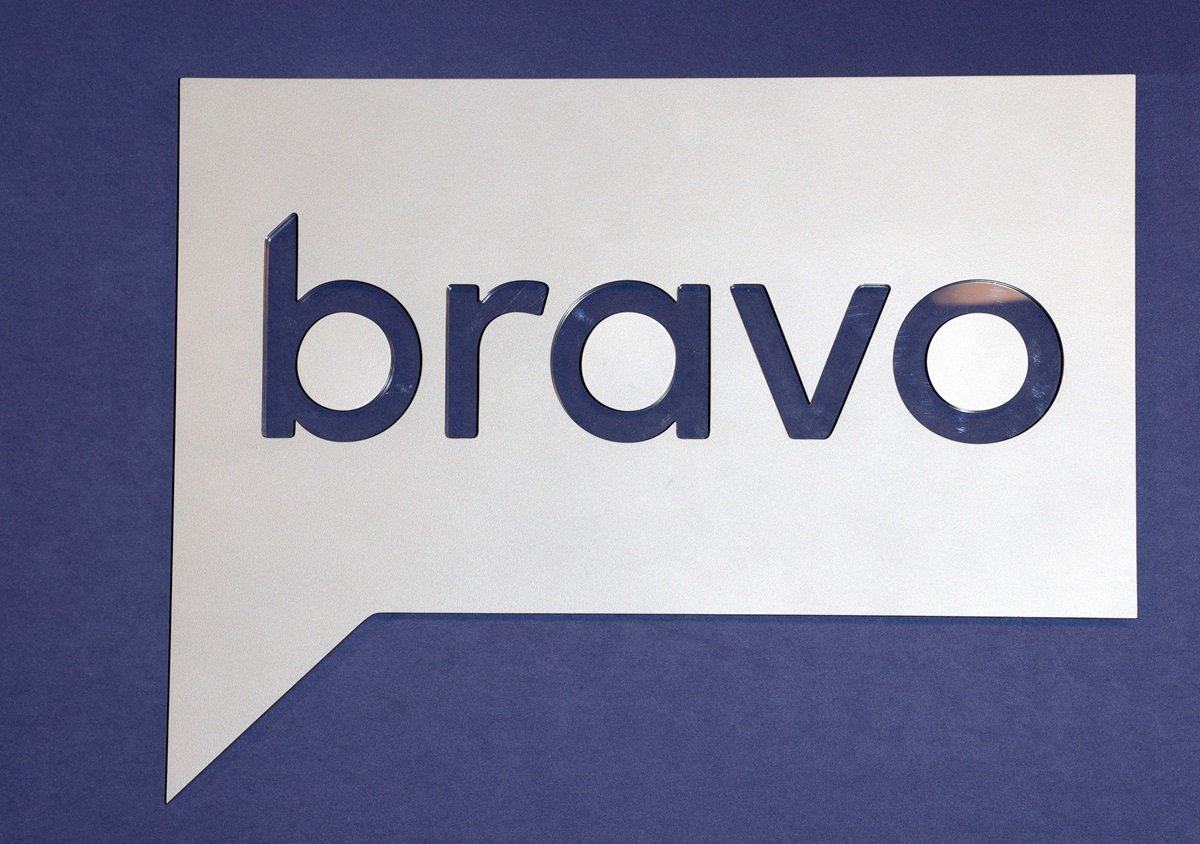
‘Both Sides of the Blade’ Movie Review: Juliette Binoche and Vincent Lindon Acting Showcase Haunts Like a Ghost Story
Both Sides of the Blade is a romantic thriller elevated by dynamic performances. Filmmaker Claire Denis is a master at her craft and it’s clear through the way that her films carry themselves with such power. However, Both Sides of the Blade is so light on its characterization that the lead characters and their plights don’t quite land the impact that they should.

‘Both Sides of the Blade’ is a French love triangle gone wrong

Sara (Juliette Binoche) and Jean (Vincent Lindon) have a romantic relationship that appears to burst with intimacy from the surface. However, everything comes into question when she runs into a previous lover named François (Grégoire Colin). When the two men consider the prospect of working together, Sara’s life makes a sudden turn.
Both Sides of the Blade explores the perspective of a woman caught in a love triangle. Sara and Jean balance their careers, their relationship, and their pasts stirring up their present. But, will they manage to escape their greatest fears unscathed?
Writer/director Claire Denis paints a subtle look at love and fear
Both Sides of the Blade opens with a very particular image of Sara and Jean, portraying them as a passionate couple. Their silhouettes beautifully stand in the water as they swim in picturesque waters. Denis introduces passion and imagery within the first several few minutes without the use of dialogue. However, the audience is only seeing an isolated piece of their love, which is about to get far more complicated.
Denis and co-writer Christine Angot explore the connection between love and fear. It’s painted on Sara’s face the moment she sees François in public, but she realizes that she must contain those feelings. She increasingly yearns for a connection with him, as the cracks in her relationship with Jean continue to show as a result. Denis establishes that each of these characters holds expectations of one another, although much of it exists under the surface.
Both Sides of the Blade continues to expand its scope over the course of the film. Jean has an estranged son named Marcus (Issa Perica), who lives with his grandmother. Additionally, Denis and Angot’s screenplay slowly widen the characters’ worlds to show the evolution of their romance and how their decisions over time impacted those around them. Sara and Jean are morally complex characters with all of their issues leading back to the themes of love and fear.
‘Both Sides of the Blade’ haunts like a ghost story, but is far too translucent

Denis and Angot set Both Sides of the Blade in the midst of the coronavirus (COVID-19) pandemic. However, it goes further than characters simply wearing masks in public spaces. Rather, it’s baked inside of the film’s themes and the pressure building within Sara, Jean, and François’ love triangle. The film is successful with its use of boiling tension underneath the surface, crafting an engrossing story.
Both Sides of the Blade is at its most impressive when the camera simply lingers on Binoche and Lindon to soak into these characters. They deliver beautifully elaborate performances that elevate the material. Both Sides of the Blade offers a haunting portrait of love, betrayal, and the pursuit of freedom that hits like a ghost story. However, its thin characterizations impede the film’s ability to live very long past its end credits.
Both Sides of the Blade hits theaters on July 8.


